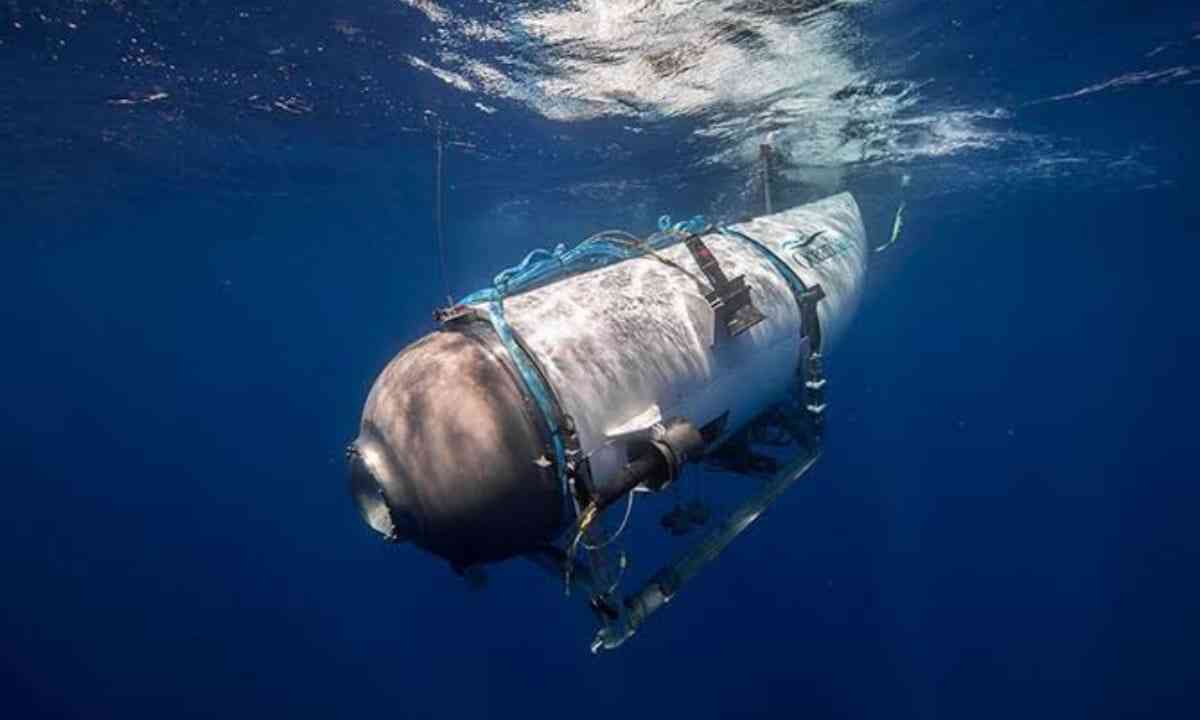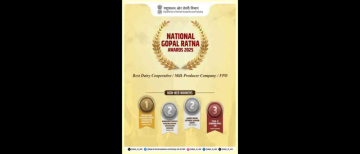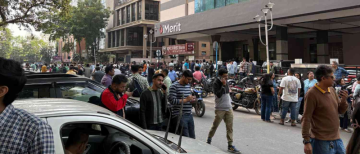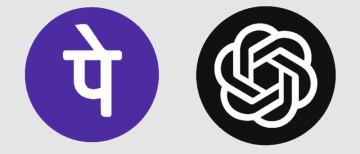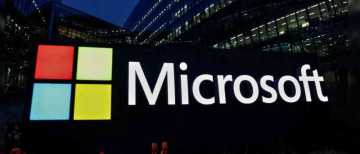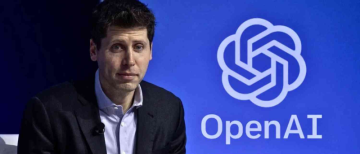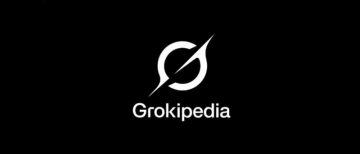Tommaso Sgobba is blunt about the lack of safety regulations and technology monitoring in the space tourism industry. The Italian engineer, a former chief of space safety at the European Space Agency, has written engineering text books on the best safety standards in space systems design and presided over over 800 safety inspections of payloads sent to the International Space Station during his ESA career.
Sgobba, who is currently the executive director of the International Association for the Advancement of Space Safety (IAASS), has waged a quiet campaign for years against the corporations developing space tourism technologies' exemption from safety supervision provided by the U.S. Congress over two decades ago.
Sgobba couldn't help but notice similarities after hearing about the tragic implosion of an unlicensed tourist submersible while seeing the Titanic disaster.
"It is exactly the kind of scenario that would trigger a big discussion if it were to happen in a space tourism flight," Sgobba told Space.com in an interview. "In fact, we have a sort of analogue here. You have a technology that goes into an extreme environment for the purpose of pleasure that doesn't give much chance to people to survive if something goes badly wrong."
The Titan submarine didn't require independent approval to transport paying passengers into the depths of the ocean, just like space tourism vehicles like Virgin Galactic's SpaceShipTwo space plane or Blue Origin's New Shepard rocket. Then there were the fairly derogatory statements about safety certifications made by Stockton Rush, the multi-billionaire CEO of OceanGate, the organization that constructed and ran Titan, which were uncovered by journalists after the accident. In response to criticism, Rush criticized experts of limiting innovation and boasted about OceanGate's technology's ability to break convention, all the while insisting that accepting danger is necessary to have the experience of a lifetime.
All of these assertions reflected comments that Sgobba has received from the space tourism community over the years. But those defenses always seem hollow to the seasoned space safety engineer.
"Standards in aviation and space have evolved from prescriptive requirements, which were telling you exactly how to build a system to something that expects you to demonstrate that you have performed your hazard analysis and addressed the main safety problems," Sgobba said. "In fact, if you want to fly a coffee machine to the International Space Station, you will have to comply with the same set of standards as if you were building a whole new module. So it is a lie to say that standards mean that someone will tell you exactly how to build your system."
© Copyright 2023. All Rights Reserved Powered by Vygr Media

